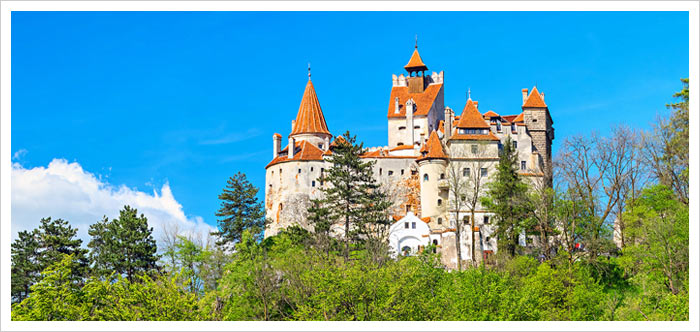Tourism in Romania
Tourism in Romania
Tourist places in Romania
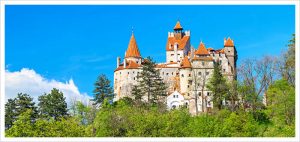
Tourism guide in Romania. A country in the Balkan Peninsula, which has a rich historical legacy. It is characterized by its charming nature of green mountains, forests and plains, and the Danube River passes through it. We review information about the sights of this unique European destination.
It is a republic located in eastern Europe, its capital is Bucharest, and the Danube River passes in the south of the country, and Romania is one of the Balkan countries where it is located in the northern Balkans.The Danube delta is located on its territory, where it empties into the Black Sea and the Carpathian Mountains in the south and in the center of the country is bordered on the north by Ukraine, from To the north-east is Moldavia, to the east by the Black Sea, to the south by Bulgaria, to the west by Serbia-Hungary.
The name Romania is derived from the word “Roman” (in Romanian: român), which means the Romans, which in turn derives from the Latin word “Romanus” (in Latin: romanus), meaning “a citizen of Rome.
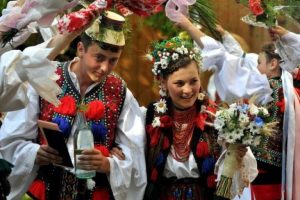
Culture and history
Romania has a unique culture, which is the product of its geography and historical development. It is mainly defined as the meeting point of three regions: Central Europe, Eastern Europe, and the Balkans, but cannot really be included in any of them.
Romanian cuisine was influenced by Balkan cuisine, Hungarian cuisine, German cuisine, Serbian cuisine and Turkish cuisine. One of the traditional Romanian foods is the Mamalega, which is ground corn boiled in a saucepan and served hot with butter or cheese and was used by farmers because of the low cost and was also served for domestic animals, and among the Romanian traditional dishes we also find sausage or sausages, which is a minced meat, salt and spices They are eaters of European origin. Sarma, which is of Turkish origin, was affected by Romania, like other neighboring countries, when Romania was under Ottoman rule.
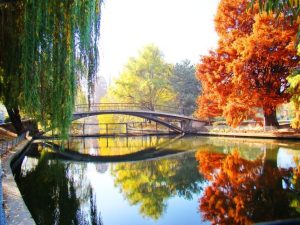
Tourist places in Romania
Herastrau Park
It is a large park located on the northern side of Bucharest in Romania around Lake Horesto and the park has an area of 1.1 square kilometers.
The park is suitable for visiting families and is one of the recreational areas par excellence, and the park is divided into two areas, a rural or natural area, which is an area full of buildings arranged in the open air and is distributed between a yacht club, a sports club, a diplomatic club and a golf course and the other is an open area dedicated to recreational activities for wandering, hiking, jogging and children’s play Visitors can also rent boats and go for a long stroll around the lake, which is located next to the park
The “Horesto” garden, located on Lake Horesto, is the largest park in Eastern Europe, and contains more than 10,000 species of plants, many of them exotic, were used as a garden for the royal family, and is characterized by its charming atmosphere and stunning natural landscapes. You are amazed by the time that passes so quickly that even one visit may not be enough for you to enjoy the beauty of this place due to its activities, parks and distinctive tourist services, so you can wander in the wonderful lake forests, or have fun in amusement parks, or enjoy playing pool games, bowling, or paddling in the lake and enjoy Eating the most delicious fresh juices.
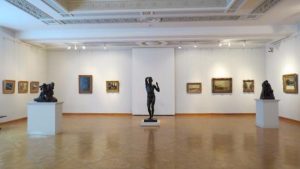
Victoria Palace
It is a magnificent palace and very famous and one of the most important tourist destinations located in Victory Square, which is visited by many to see its unique building. It was built in 1937 AD and it is the headquarters of the Prime Minister of Romania and his government and was built under the supervision of the famous architect, Duplo Marco. The building was severely damaged during the war. The Second World, but it underwent restoration work later, and the palace was declared a historic landmark in 2004.
Museum of Art
It is a branch of the National Museum of Art in Romania and contains 44 collections that were donated at the beginning of the year 1927 AD by noble families in Bucharest, including Alexandra, Barbu Saltina Yuno, Clara and Surin Schachter. The museum also includes many works of famous Roman painters such as Nikolai Gregorescu, Stephan Lucian and Ioan Andrew as well. It includes wonderful Turkish carpets and embroideries in addition to a group of wonderful pieces of art.
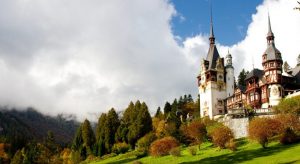
Parliamentary Palace
Which is the second largest civil administrative building in the world after the Pentagon, and it is mentioned that a large part of the city was destroyed to build this building, which set records in the Guinness Book of Records. In addition to the enormity of the building, it is the most expensive building in the world with a construction cost estimated at two billion pounds, and it is The heaviest building contains a million tons of marble and contains over a thousand halls.
Old Bucharest
Romania is rich in ancient monuments dating back to the Middle Ages, represented by Roman churches and monasteries covered with many Roman paintings and decorations.
Dracula’s castle
You cannot be in Romania without visiting the famous Dracula Castle, and therefore we recommend that you visit the Bran area in the Braova province, where there is the frightening castle, which has woven many legends around it, and the famous movie was filmed An encounter with a vampire in it, and it is located in an area teeming with tourists and around it a commercial market They sell souvenirs, antiques, and distinctive leather, wool and woodwork, bearing the signature of Count Dracula himself.
Popular markets
Bucharest abounds with many cheap and popular markets that you can shop at and buy special souvenirs such as the “Obor Piazza” market.
A quarter of an hour from central Bucharest, as well as the “Scorpion Piazza” market, the “Maqazin Market” and the Chinese market.
The floating restaurant
And at night, we recommend that you spend a quiet and distinctive night in one of the river restaurants that roam in the lake, and do not forget to take a lot of memorial photos of the floating restaurant, and the flying fish that you may encounter on your tour.

Fountain of blood
This fountain in Bucharest was designed in a frightening form, and the red water, from which blood came out, was that when many Romanians suffer from hemophilia, a disease of bleeding blood that results from a genetic defect.
This fountain was placed in this striking way to urge help for people with hemophilia, which are estimated to be 2000 people in Bucharest.
